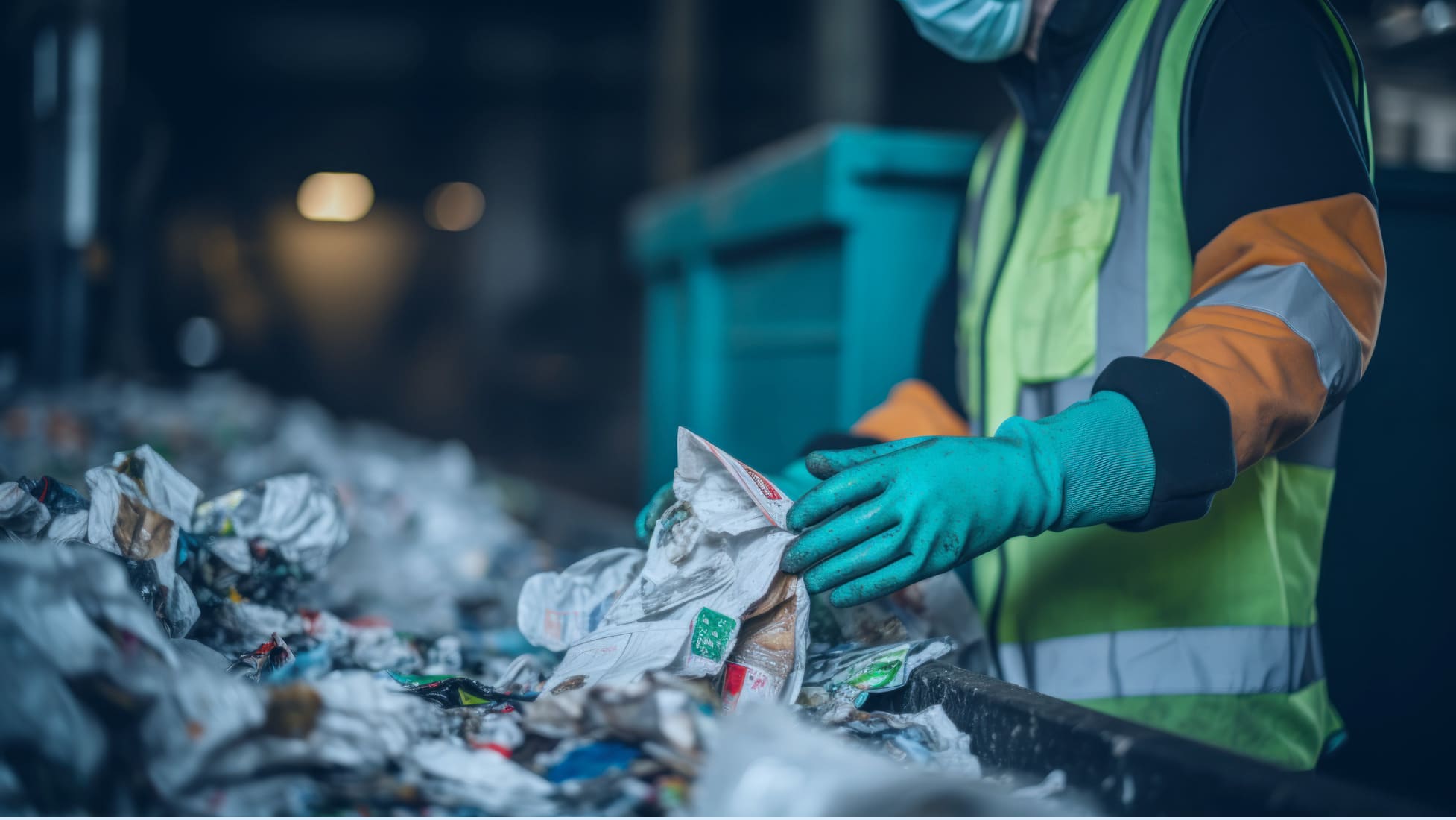Municipal solid waste collection is an essential part of any urban environment’s daily operations. Every day, countless tons of waste are generated by homes, businesses, and industries, and it’s the responsibility of municipalities to efficiently collect and manage this waste. In recent years, the waste collection industry has seen significant advancements, thanks in part to innovative waste collection software solutions. In this comprehensive guide, we will delve into the fascinating world of municipal solid waste collection, explore the latest trends in the industry, and how advanced waste collection software is transforming the way we manage waste.
Understanding Municipal Solid Waste Collection
Before we dive into the latest trends and technology, let’s begin with a fundamental understanding of municipal solid waste collection. This process involves the collection, transportation, and disposal of waste materials generated within a specific municipal area. These materials can range from household garbage to commercial waste and even construction debris. Efficient waste collection is crucial for maintaining clean and healthy urban environments.
The Collection Process
Waste Collection Routes:
Municipalities carefully plan waste collection routes to ensure maximum efficiency. Collection vehicles follow predetermined schedules and routes, covering various neighborhoods and areas.
Bin Placement:
Residents and businesses play a vital role by placing their waste bins or containers at designated collection points on scheduled collection days. Proper bin placement is essential for the smooth operation of waste collection.
Collection Vehicles:
Specialized waste collection vehicles, such as garbage trucks or waste compactors, are used to pick up waste from these designated points. These vehicles are equipped with mechanisms to load and compact waste materials efficiently.
Transfer Stations:
Waste collection teams often transport collected waste to transfer stations, where they may sort, further compact, and load it onto larger transport vehicles for the journey to disposal facilities.
Disposal Facilities:
Waste materials are finally disposed of in landfills, incinerated, or processed at recycling facilities, depending on the waste type and municipal regulations.
Now that we have a basic understanding of the waste collection process, let’s explore some of the latest trends and innovations in municipal solid waste collection.
Trends in Municipal Solid Waste Collection
The waste collection industry is continually evolving to meet the demands of growing urban populations and environmental concerns.
Smart Waste Collection Bins:
Cities are adopting smart waste collection bins equipped with sensors that monitor bin fill levels. This technology enables waste collection companies to optimize routes by only servicing bins when they are full, reducing fuel consumption and emissions.
Route Optimization Software:
Advanced waste collection software is now being used to optimize collection routes in real-time. This ensures that collection vehicles take the most efficient paths, reducing both fuel consumption and operational costs.
Waste Sorting and Recycling:
Municipalities are placing a stronger emphasis on waste sorting and recycling. Innovative technologies are helping automate the sorting process, making it easier to recover recyclable materials from the waste stream.
Fleet Electrification:
Many cities are transitioning to electric or hybrid waste collection vehicles to reduce greenhouse gas emissions and noise pollution in residential areas.
Public Awareness Campaigns:
Educational campaigns on waste reduction, proper recycling practices, and waste diversion have become more prevalent, encouraging residents and businesses to participate actively in waste reduction efforts.
Waste-to-Energy Conversion:
Some municipalities are exploring waste-to-energy technologies, which convert waste into electricity or heat, reducing the volume of waste sent to landfills.
Advanced Waste Collection Software
Advanced waste collection software is the backbone of efficient and sustainable waste management systems in modern cities.
Real-time Monitoring:
Waste collection software provides real-time monitoring capabilities. Integration of GPS and sensor technologies into collection vehicles allows supervisors and operators to track the location and status of each vehicle.. This feature enables real-time decision-making, route adjustments, and improved response to unexpected situations, such as traffic jams or route diversions.
Route Optimization:
One of the most significant benefits of advanced software is its ability to optimize waste collection routes. Using data on bin fill levels, traffic conditions, and historical collection patterns, the software generates the most efficient routes for collection vehicles. By minimizing travel time and distance, municipalities can reduce fuel consumption, emissions, and operational costs.
Customer Engagement:
Many waste collection software solutions include customer engagement features. Residents and businesses can access customer portals or mobile apps to report issues, request special pickups, and receive notifications about collection schedules and changes. This two-way communication enhances customer satisfaction and ensures that the waste collection service meets the needs of the community.
Data Analytics:
Waste collection software generates a wealth of data that can be analyzed to gain valuable insights. Municipalities can use this data to identify trends in waste generation, track recycling rates, and assess the performance of collection vehicles. By leveraging data analytics, decision-makers can make informed choices to optimize operations and reduce costs.
IoT Integration:
The Internet of Things (IoT) plays a crucial role in modern waste management. Municipalities often integrate sensors into waste bins, enabling them to detect fill levels, monitor temperature, and even identify contamination. The waste collection software transmits this information, enabling dynamic scheduling of pickups and ensuring that bins are only emptied when they approach full capacity, thereby reducing unnecessary collections.
Paperless Operations:
Advanced software solutions promote paperless operations. Municipalities can manage administrative tasks electronically, including route planning, scheduling, and reporting. This reduces the need for manual paperwork, streamlining processes and reducing the likelihood of errors.
Reporting and Accountability:
Waste collection software generates detailed reports on various aspects of operations. Managers can access performance metrics, including collection times, fuel consumption, and maintenance records. This accountability and transparency help in evaluating the efficiency and effectiveness of waste collection services.
Integration with Other Systems:
Many municipalities integrate waste collection software with other systems, such as billing and invoicing, to streamline financial processes. This integration ensures that services are accurately billed and payments are processed efficiently.
Environmental Benefits:
By optimizing routes, reducing fuel consumption, and promoting recycling, waste collection software contributes to environmental sustainability. It helps municipalities minimize their carbon footprint and reduce their impact on the environment, aligning with broader goals of climate change mitigation.
Cost Savings:
Ultimately, advanced waste collection software leads to significant cost savings for municipalities. Efficient routing, reduced fuel consumption, and better resource allocation translate into financial benefits, allowing cities to allocate resources to other essential services and infrastructure projects.
Transitioning to a Sustainable Future
The waste collection industry is at a pivotal moment in its history, with sustainability at the forefront of its priorities. As municipalities and waste management companies embrace these trends and adopt advanced waste collection software, they are moving closer to achieving more efficient and sustainable waste management practices.
By optimizing routes, reducing emissions, increasing recycling rates, and engaging the community, municipalities can significantly reduce their environmental impact. Additionally, the integration of technology in waste collection operations not only enhances efficiency but also contributes to a cleaner and healthier urban environment.
Conclusion
Municipal solid waste collection may seem like a straightforward process, but behind the scenes, it involves a complex and evolving system that strives to balance efficiency, cost-effectiveness, and environmental responsibility. The latest trends in the industry, coupled with advanced waste collection software, are transforming the way we manage waste in our cities.
As we look toward the future, it is clear that waste collection will continue to evolve. It will be driven by innovation and the growing importance of sustainability. Municipalities and waste management companies that embrace these changes will not only improve their operational efficiency but also make significant contributions to building. It will make it cleaner, greener, and more sustainable communities for generations to come.



